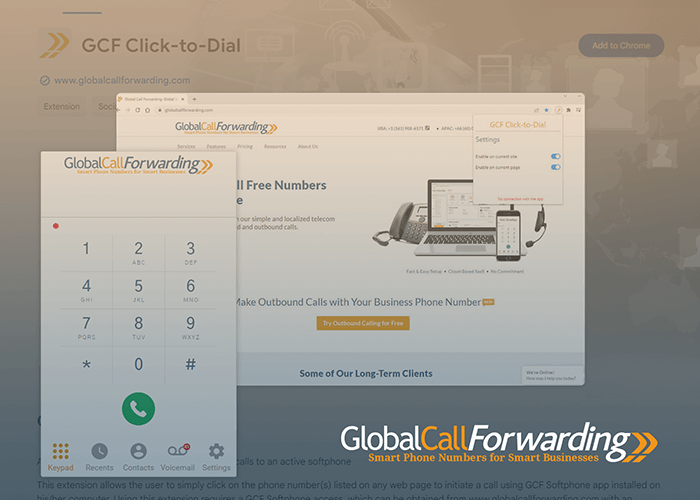Business intelligence is the term used to refer to any form of technology, practices, and applications which enable and enhance the collection, analysis, integration, and presentation of business data. The main purpose of biz intelligence is to improve business decision making.
Whether your business is small, a start-up, or a global enterprise, you will need tools to enable you to leverage the power of big data. Smaller businesses can now accomplish this thanks to a wide range of available business intelligence tools that can quickly and easily make sense of big data. These software solutions can collect, collate, and convert information into efficient and understandable reports which can give you valuable business insights, which in turn, increases profits.
Best Biz Intelligence Tools
Let’s take a look at some of the best available biz tools for small and large businesses.
Tableau
Tableau by Sisense will help your business to visualize and gain a deeper understanding of information. It also allows you and your partners or colleagues to share data easily using your PC or tablet. Once logged in, users can create a dashboard that will allow them to publish and share information with colleagues. The interface does not require any programming knowledge. You can import data from various sources of information.
Features include:
- Embedded dashboards
- Highlight and feature data
- Data notifications
- Dashboard commenting
- Translate queries to visualizations
- Metadata management
BDxtra
BDxtra by Advisionario is a stand-alone platform which enables team members to create interactive dashboards and web-reports in just a few minutes, without any programming knowledge. This is the only tool you will need to organize project and data reports.
Features include:
- Financial reports
- Marketing reports
- Ad hoc reports
- Graphical data presentation
- Creates alerts
- OLAP
AnswerRocket
AnswerRocket by Answer Rocket was named the cool vendor in analytics by Gartner in 2017. This software solution provides a search-based analytics tool which uses natural language. Users can ask questions in everyday language and get results in just a few seconds. It allows you and your team to make business decisions quickly and efficiently.
Features include:
- Natural language processing
- Chatbot
- Machine learning
- Multi-language
- Predictive analytics
- Virtual assistant
Salesforce
Salesforce by Analytics Cloud is suitable for every business user, no matter what the size of your company. The software enables you to pull together your choice combination of data, procure instant answers and share with your team, quickly and easily from any devices, wherever you are.
Features include:
- Marketing and sales leads
- Communities for sales
- Approvals
- Workflow
- Real-time visibility
- Forecasting
Cyfe
Cyfe is an all-in-one business dashboard you can use to collect and collate data from your existing services such as Google Analytics and Salesforce. You and your team can review real-time information, so you are always ahead of the game. Data can be shared instantly and securely.
Features include:
- Auto email reports
- Business KPIs
- Branded client reports
- Custom visualizations
- Historical data
- Multiple sharing options
SimilarWeb Pro
SimilarWeb Pro is designed for any size business. Use it to extend your website’s reach. As well as keeping track of marketing expansion is will also enable larger companies to record their acquisition and merger activities. The software can produce in-depth data analytics related to the performance of your competitors’ websites.
Features include:
- Competitor website traffic analysis
- Engagement metrics
- Keyword research tool
- See traffic share according to channel
- Visual charts and graphs for KPIs
- Mobile app industry analysis
Clear Analytics
Clear Analytics is designed to help your business retrieve information from multiple sources and record metrics within Microsoft Excel where users can access data and create extensive reports. There’s no need to call on IT professionals because the software will extract all the data for you. Reports are all organized in layers by version, so they are easy to find.
Features include:
- Performance metrics
- Report generation
- Dashboard creation
- KPIs
- Problem Indication
- Predictive analysis
Report Plus
Report Plus enterprise-grade software is designed to enable you to create a centralized record of business metrics which is easy to share with your team. Not only does it provide users with real-time dashboards and interactive reports, but it also allows them to choose from more than 30 visualization types, to inform data-driven business decisions.
- Broad Variety of Integrations
- Real-Time Data
- Deployment Concierge
- KPIs
- Metrics
- Revenue and Profitability
If you’re not already, you should be using biz intelligence software. The benefits far outweigh the investment you will have to make. It can enable your business to garner information, so you can resolve business conflicts, affect growth, collect and analyze marketing data quicker, and anticipate future outcomes. This way, you can always be at least one step ahead of your competitors.







